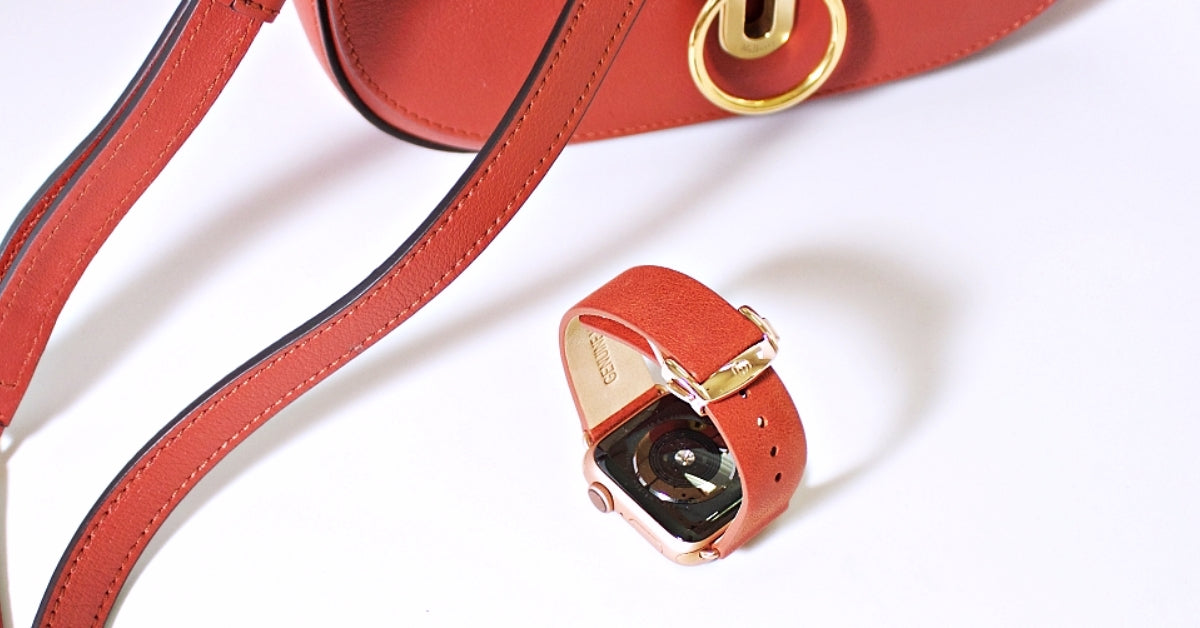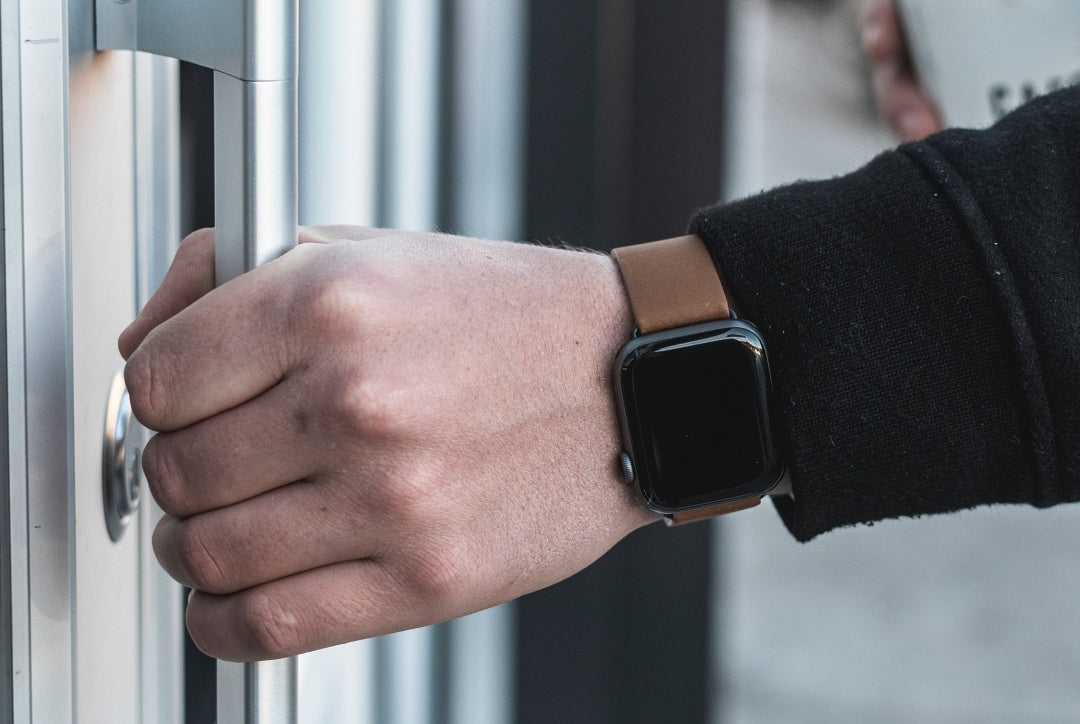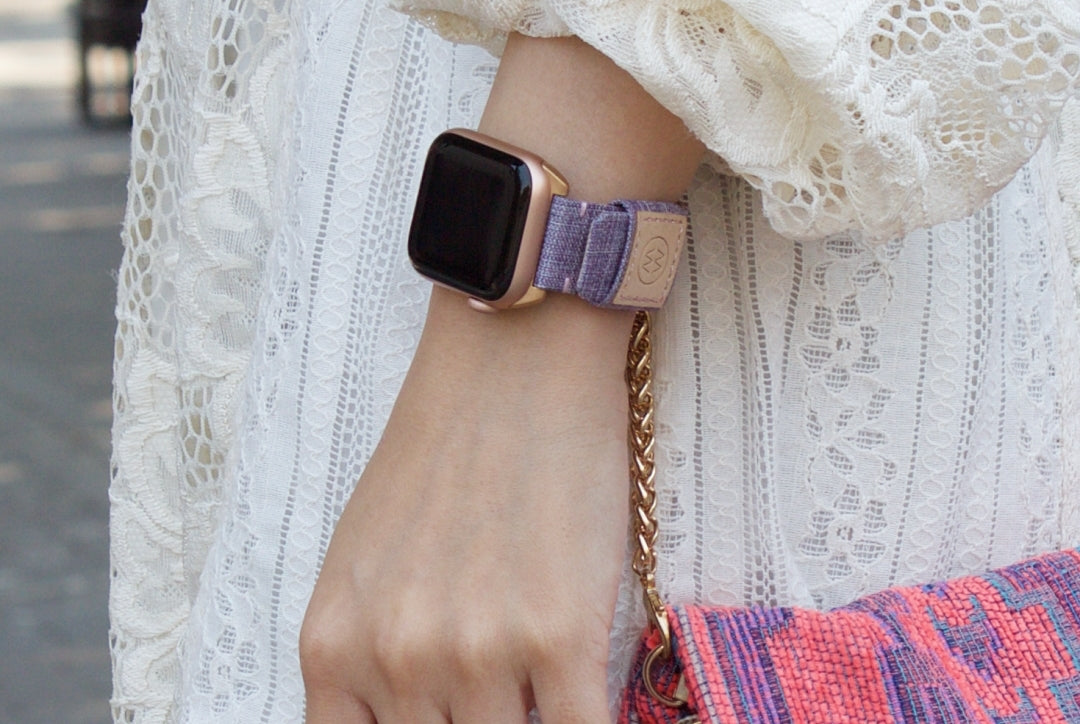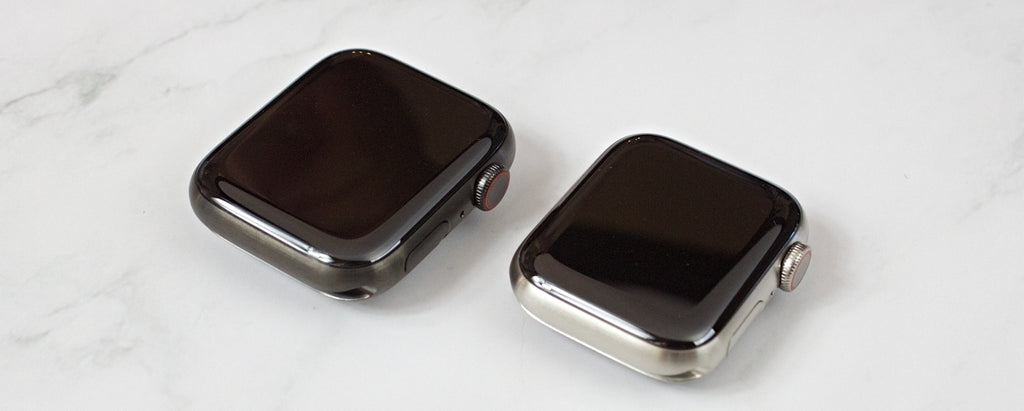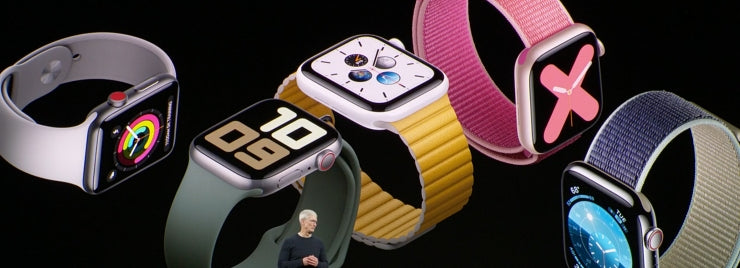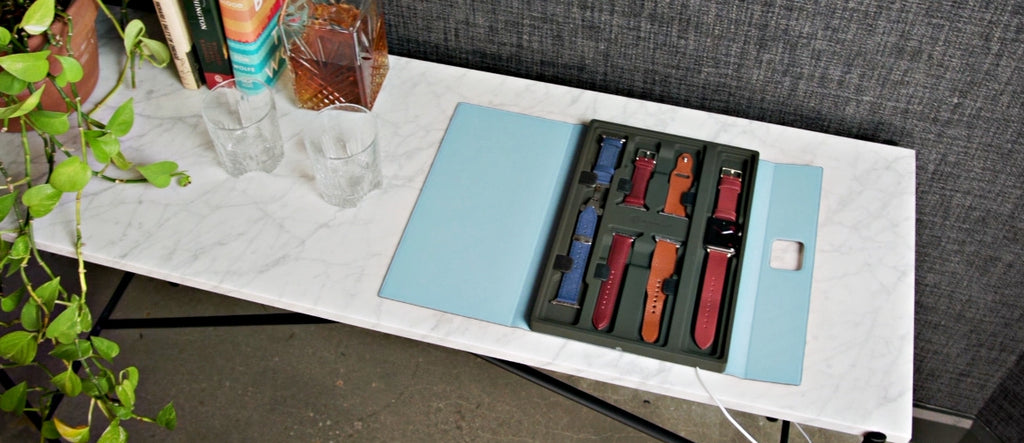
The Pillars of a Healthy Lifestyle
Guest Post from Tech & Health Blogger, Michael Kummer
What does it take to live a healthy life? While there are many factors that influence your life, in this article, I explore the three main ingredients of a healthy lifestyle: Diet, Exercise, and Sleep. Continue reading to learn how to live a healthy lifestyle, why you should be working out every day and the secret weapon that is sleep. I will also share how I use technology, like my Apple Watch to help me with achieving my health goals.
Simple ways to live healthy
The idea that you should eat well, sleep well and exercise regularly to maintain the health of your body isn't new. But while most people would agree with that recommendation, only a few follow through on it. Personally, I believe that is because you can abuse your body for a long time before having to deal with the negative consequences. Another problem is that the human body deteriorates slowly and many folks don't recognize the signs. Many people I have talked to think it is normal to feel sleepy after lunch or to be bloated every day. Ask yourself: When was the last time you woke up in the morning of a workday, without an alarm and felt as energetic as you'd be ready to climb Mount Everest? That is how you should be feeling almost every day! The most common response I have gotten to this question was: "Never." In case you haven't figured it out yet, it is entirely under your control to feel great every day and have your body and mind perform to its full potential. All you have to do is pay attention to the three pillars of a healthy lifestyle: Diet, Exercise, Sleep.
Can you afford a healthy lifestyle?

Time and money are two factors that influence much of our decision making, including the choices we make about where to have lunch and what groceries we buy. Unfortunately, these days, it seems like living a healthy lifestyle is just not affordable anymore. There are just too many factors getting in the way. With full to-do lists and pressure at work, it's hard to find time for:
- Preparing proper meals at home
- Going to bed early to get your 8 hours of sleep
- Exercising every day
At the same time, healthy food is just too expensive, including:
- Grass-fed Meat
- Organic fruits and vegetables
- Pastured eggs
As a result, many of us live a sleep-deprived and sedentary fast-food lifestyle that the human body was not built for. The result: A staggering increase in chronic diseases, such as cardiovascular issues, cancer, etc. In 1900, less than 39,000 people died of cardiovascular disease in the United States, according to the CDC. In 2013, every 4th death was caused by it.
Return on Investment (ROI)
ROI is a term often used in the business world that describes the rate of an investment paying off. A restaurant owner wouldn't spend money on more comfortable chairs if it didn't pay off by making more money with customers. The same idea applies to your body and how you treat it. If you treat your body well, your quality of life increases, you decrease the risk of chronic disease, and you will likely spend less money on medical bills. Think of living a healthy lifestyle as an insurance policy with a high return on investment (ROI). The money you spend now on making healthier choices will significantly reduce the risk of paying for medical bills later in life. So let's find out what it takes to live a healthier life!
The three pillars of a healthy lifestyle
As I had mentioned earlier, there are many factors that can influence your health. Some of those factors, you don't have under control. The good news is, you have the three most important factors under control:
- Diet
- Exercise
- Sleep
Diet - How to eat healthy

When I use the term diet, I don't mean a two-week detox you may have heard a celebrity rave about. By diet, I mean a dietary lifestyle that defines what you eat every day. That's a crucial distinction because temporarily eating healthy is utterly useless. For most of my adult life, I had an average western diet, high in processed carbs and added sugars. I felt OK because I didn't know how much better I could be feeling. My attitude towards food changed when I saw a documentary about the impact of consuming added sugar. Suddenly, I became aware of the consequences and started asking questions. As a result, I decided to change my diet. The problem is, if you ask ten people what's a healthy diet, you'll likely get ten different opinions. I made it a point not to listen to opinions unless they were backed up by scientific evidence.
Evolution and diet

Image credit www.hairlossrevolution.com
Evolution was what ultimately helped me figure out what dietary lifestyle was right for me. The human evolution is indisputable evidence that something worked because otherwise, we would have taken a different turn. So if we look at what humans and their ancestors ate over millions of years, it should give us a clue of what the human body needs to stay healthy. So what did our ancestors eat? In a nutshell, anything they could gather or hunt, including:
- Vegetables
- Nuts and seeds
- Seafood (depending on where they lived)
- Meat and poultry
- Saturated fats (animal fat)
- Seasonal fruit
The modern version of this dietary lifestyle is called the Paleo diet. I have written extensively about it, including this beginners guide, if you are interested in learning more about it. But don't get too hung up on labels. You may have also heard about the Mediterranean diet, the Keto diet, or Whole30. The good news is that if you turn any of those diets into a dietary lifestyle, you'll be better off than you are today! So what are the benefits of healthy dietary lifestyle? As you can imagine, there are many. But the most important one is a reduced risk of developing a chronic disease. Everything else is a by-product, including weight-loss, better mood, more energy, etc.
Technology support
If one of your goals of changing your dietary habits is weight loss, consider investing in a good scale. You may be inclined to pay extra for a smart scale that syncs with your phone, but there is a cheaper way to keeping track of your progress if you are an Apple user. I own a Fitbit scale because I was hoping that FitBit would integrate with Apple's health platform called HealthKit. Unfortunately, FitBit decided not to do that. As a result, I use my smart scale as if it were a dumb scale. Fortunately, I discovered an easy way to transfer my weight and body fat measurements to HealthKit using my Apple Watch and an app called Workflow. You can learn more about how I use Workflow to bridge the gap between FitBit and HealthKit here. As a result, when I step on the scale in the morning, I can use my Apple Watch to keep track of the scale's readings.
Exercise - How to be healthy and fit

Our Paleolithic ancestors were likely not sitting in front of a computer all day with the goal of squeezing in a 30-minute workout three times a week. Instead, our ancestors were physically active almost every day - either because they were hunting (and gathering) or they were being hunted. That doesn't mean you have to spend two hours at the gym every day. But your goal should be to get your heart rate up and break a sweat for at least 30 minutes a day. These days I do CrossFit and workout five times a week, usually sustaining a heart rate of 120-190 beats per minute for about an hour. Before I started CrossFit, I would do one of the following activities:
- Take a brisk 30-minute walk - sometimes pushing a stroller
- Go for a 20-30-minute run
- Do two rounds of a 7-Minute HIIT workout
On "rest days" or when I failed to make time for a proper workout, I would try to stay active otherwise. For example, I would:
- Take the stair instead of an elevator
- Park far away from the entrance of the grocery store
- Pick up and lift the kids above my head
In other words, I am trying to seek out opportunities to stay active as part of my daily routine. As a result, I almost complete 30 total minutes of activity every day.
Technology support
The one piece of technology that helped me the most to track my progress has been the Apple Watch. Not only does it remind me when it is time to stand and move, but it also shows me exactly how much I have been active and how many active calories I have burned. The Apple Watch offers so-called activity rings to track progress, and I look at them multiple times a day. On days that I have worked out in the morning, the closed activity rings motivate me to move even more throughout the day. On days that I haven't worked out, those rings push me to keep moving until I close them. Regardless of what type of exercise you do, keep in mind that you cannot out-exercise a crappy diet - both go hand in hand.
Sleep

The third pillar of a healthy lifestyle is sleep, and it's just as important as your diet and exercise. I have written in the past about the importance of sleep and the benefits of getting up early. If you don't regularly get your 8 hours of sleep, or if you feel like you don't have enough time in the day to get things done, I'd recommend taking a look at these two articles.
Technology
Knowing what impact sleep has on how I feel on a daily basis, I have become super protective of it and I track my sleep using an app and my Apple Watch. Unfortunately, Apple still doesn't provide a native app for sleep tracking, but there are a few good alternatives in the App Store. I use AutoSleep to track my sleep between 9 pm automatically, and 5 am. All I have to do is wear the Apple Watch at night - everything else, the app does for me. The battery of my Apple Watch lasts for almost two days. Despite that, I put the Apple Watch on its charger for 30 minutes every day, usually while I take a shower and get ready. That way, I have enough battery to wear it overnight.
Conclusion
Many factors that influence our lives and well-being are out of our control. But diet, exercise, and sleep aren't among them. So I encourage you to take control of these three pillars. You will notice the difference immediately while also benefiting from the long-term return on your investment into your body. If you would like to learn more or have specific questions, please don't hesitate to reach out via email or Facebook Messenger.
